I am on my way home from Beijing to Alaska, and both Wild and Ancient China trips were a huge success. We had great groups of folks, great weather, great luck, and the highlight for everyone of course was seeing the Giant Pandas. I remember when I was eight years old, my father took me to Washington, DC. I had one thing on my mind: seeing the Pandas at the National Zoo. When we finally arrived, I realized that many people were just as excited to see this mystical creature as I was, but we were all pretty disappointed because the pandas were tucked behind a bush about 50 yards away, fast asleep. We waited about an hour, and returned several times, but the pandas needed their rest. This is a far cry from the experiences we have had in the last month.
On each trip, we visited both BiFengXia Panda Base, and Chendgu Panda Base. The former is nestled high above the Sichuan Basin in the lush cloud forests of the steep Mingshan Mountains. Here we could watch pandas of all ages living in large enclosures of their natural habitats of bamboo and tall conifer trees of various species. The highlight of the trip occurs here as we were able to enter an enclosure with a dozen panda cubs, and actually touch them! We are able to do this safely only when they are preoccupied with their favorite activity: munching on bamboo shoots. Otherwise, they would try to play with us, and although they are friendly, they are 100 lbs bears. One can’t describe the thrill of sitting next to one of the most mythical, mysterious, and loved animals on the planet, making eye contact with them, stroking their fur, and feeling their breath on your hands. These are pandas that have been raised by humans, and it is obvious that they truly love to be around people. As Ken and Katharine Jewler stated, “It is a once in a lifetime experience, and you can’t describe it words. It is magical.” Here are some images of these rare and unforgettable moments.
On the second trip, we experienced something that was a personal highlight for me, but it was a bit more subtle. At the end of the trip, we traveled to the rim of the Tibetan Plateau to visit Jiuzhaigou National Park, a UNESCO World Heritage Site. This could be described as the Yosemite or Yellowstone of the Orient. The park is made up of numerous steep narrow valleys which wind through snowcapped mountains as high as 15,000 feet. In each valley, crystal clear glacial water tumbles through chains of turquoise lakes connected by spectacular waterfalls.
On our second day of exploring the park’s trail networks, we visited the home of an Aba Tibetan family to eat traditional Tibetan food. It was here that we met the 75-year-old matriarch of the family. It is important to note that this valley was only recently discovered by the Chinese Government in 1973. We asked her to tell us some stories of when she was young, and the wildlife she encountered. She told us that she remembers hiking along the lakeshores collecting wild mushrooms, and she would very often encounter wild pandas. She described peaceful interactions of passing wild pandas on the trail which were on their way to the lakes to drink. They had no fear of the peaceful Buddhist villagers who shared this amazing wilderness with them. Pandas still inhabit the park today, but they are less common, and stick mostly to the high elevation bamboo thickets into which we are not able to venture. She also spoke of having to return to the village before sunset when the plentiful wolves began their nightly hunts, and needing to use extreme caution to avoid Tibetan brown bears and Moon bears. I love these kinds of stories, and it was dream-like to be in the presence of someone with such memories of the ancient natural world.
Today, Pandas occupy a tiny fraction of their former range, and their existence hinges on intensive conservation by the Chinese Government and the World Wildlife Fund. Wolong Panda Base, which was destroyed by the 2008 earthquake, has been recently put back into action, although it is still not open to the public, and there are no plans on doing so in the near future. During our visit to BiFengxia, which houses most of the former Wolong Pandas, we were given a lecture by the facility’s manager and biologist. He told us that Wolong is being used for some vital experiments which could soon lead to successful reintroduction of pandas to the wild. Researchers rescued an injured, wild female panda, nursed her back to health, and initiated a pregnancy. After the birth, she was released into a huge, semi-wild enclosure. Researchers are now following the pair from a distance and observing the techniques a mother uses to teach her baby how to make a living as a wild panda. This invaluable information will help researchers train captive pandas to prepare them for reintroduction into the wild. This is particularly important because the Chinese have been successful in banning commercial logging in the late 1990’s, and restoring previously logged areas into suitable panda habitats. There are areas out there ready for pandas, and many pandas in captivity, but uniting the two has been particularly challenging.
The panda can draw attention and emotion from humans like no other animal, which is a great thing, as they are one of the most endangered species on earth. Luckily for the panda, the tenacity and capability of the Chinese are legendary. When the Chinese set their mind to something, it gets done, and they have their mind set on preserving the giant panda. To read more on the giant panda Click Here. Look below for some more images of pandas I gathered on these awesome Natural Habitat expeditions to Wild and Ancient China.

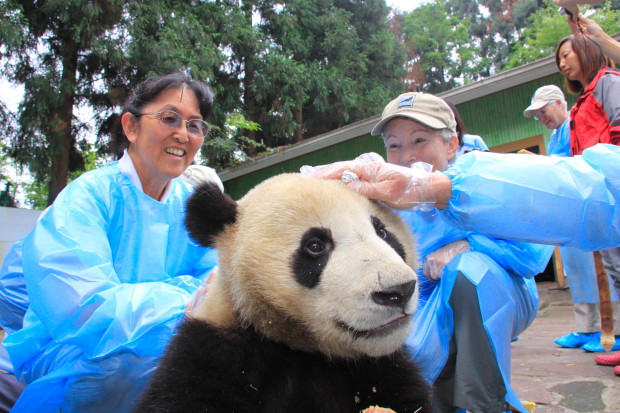
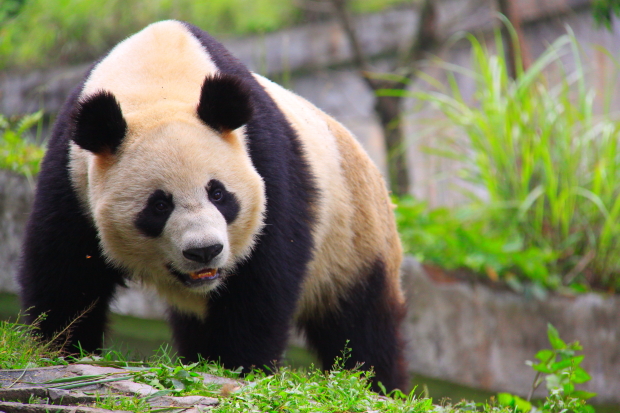
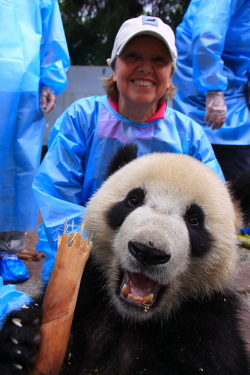
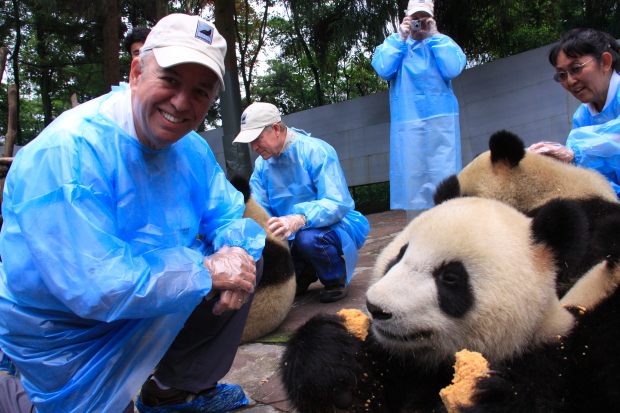
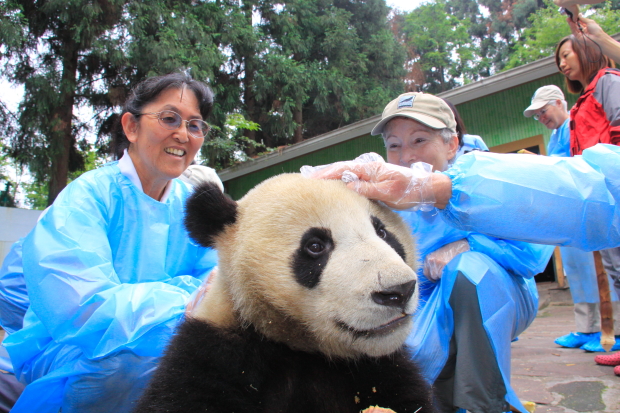
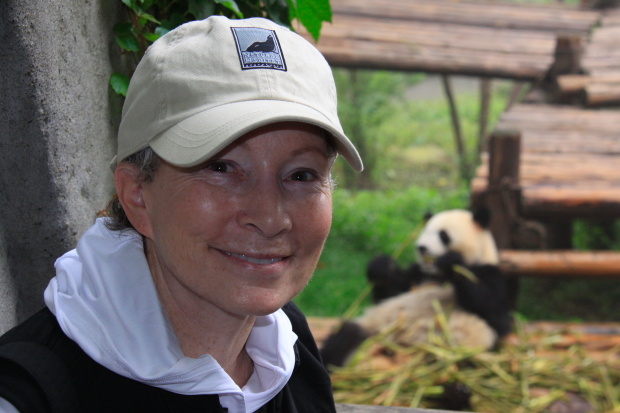
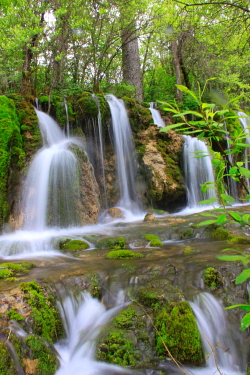
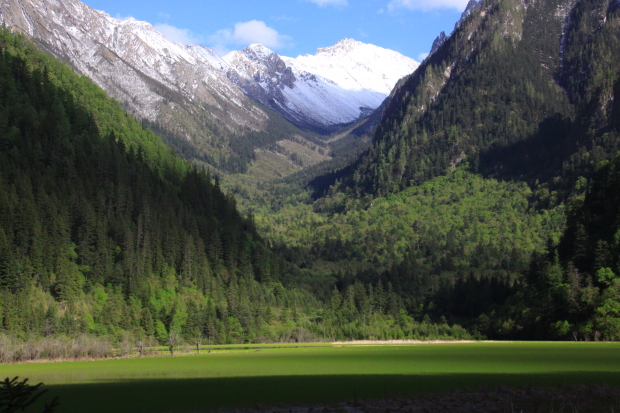
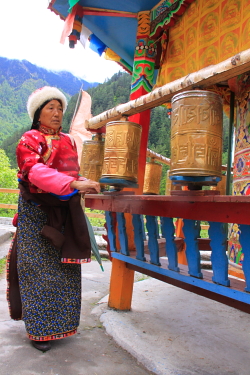
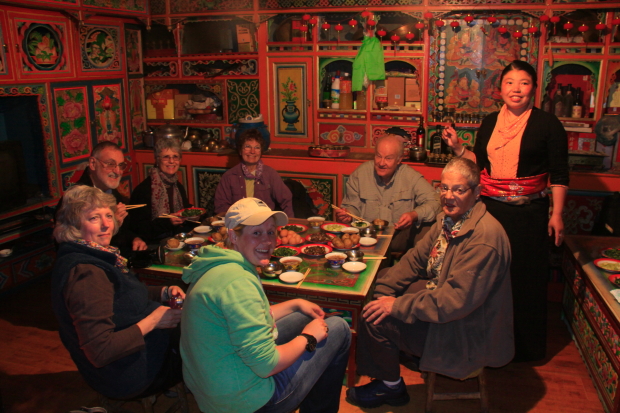
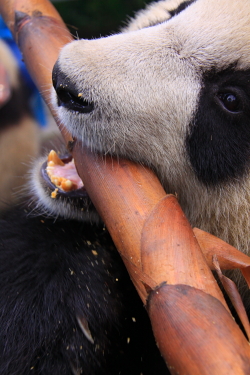
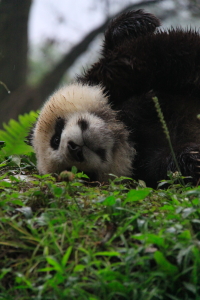
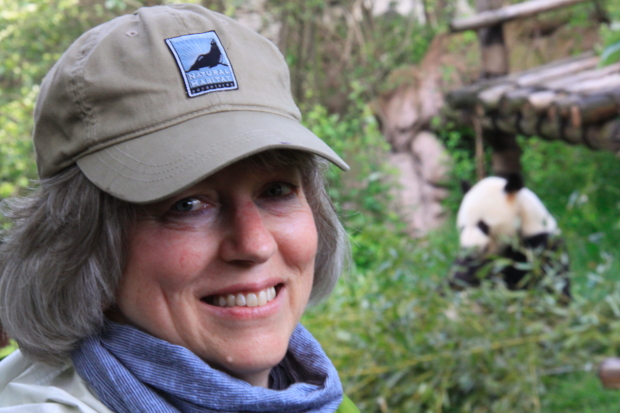
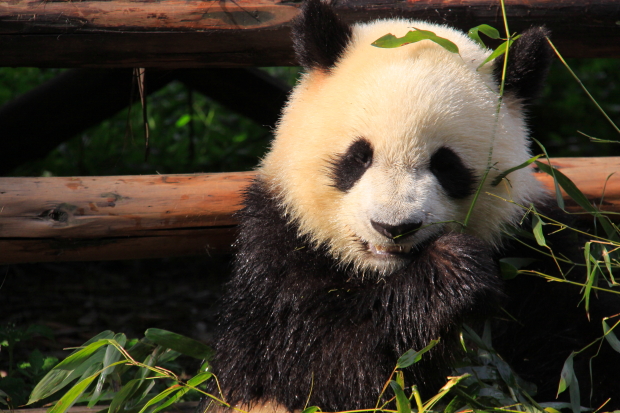
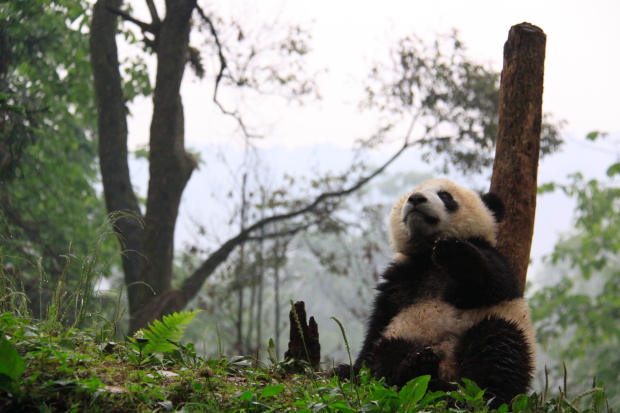
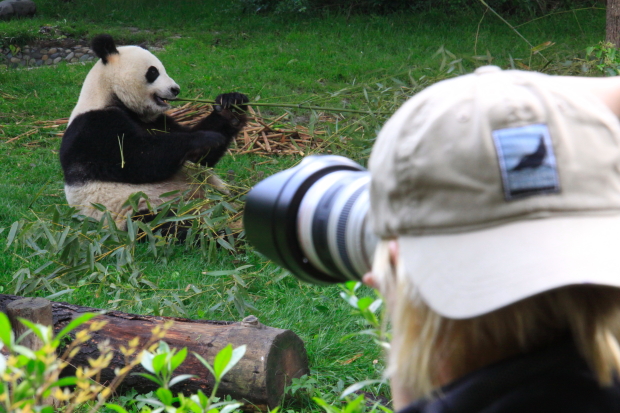
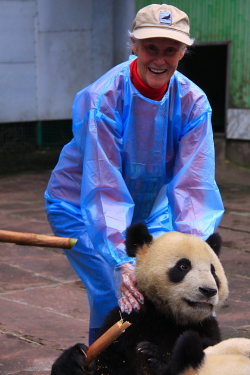
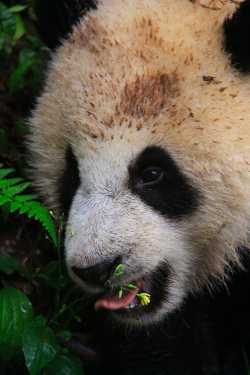

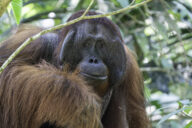
14 Comments
Brad, what an amazing experience! Great photos! I must add this trip to my travel list. What an amazing story about the Tibetan woman and that valley only being discovered by the Chinese government since 1973. I am aware of how dedicated the chinese are to saving their precious pandas, and that’s wonderful! Thanks for sharing this, and keep the articles coming!
Beautiful. Simply and utterly beautiful. Thank you!
Brad I admire your ability to folks into exotic places and share the beauty. Hope we can catch up soon. Jared
Tell Paul Brown to call me asap! great to hear from you too. Hope i see you in October, miss you!
Totally cool. I wish they lived on my street.
You would need a lot of bamboo! Take care Diane!
Loved your story…..as always. Loved the photos. See you in August. Bobbie
Loved the description of your trip and the beautiful pictures! Too bad many Americans do not feel the same way about our beautiful brown and black bears! Thank goodness for people like you, Brad, who are so passionate about these animals. Wish there were more like you!
Thanks Mary Anne! See you in Churchill this fall! I wish there were more people like you too!
great stuff Brad keep me on the list. Hope all is well
take care B
Fantastic, Brad!! Love the photos…makes me want to go so badly.
Hi Brad, We have a pair of pandas in Memphis, but we don’t get to get so close. Looks like a great trip – the photos are.
Great to hear from you larry! Still think about Scotland, and getting to know you guys. We were a lot luckier than this year’s trips with weather sounds like. Stay cool down there.
Hi Brad, Just checking in on your site and now I am absolutely bonkers to add the China/Panda trip to my bucket list. Wow!
Will see you in Katmai next month.